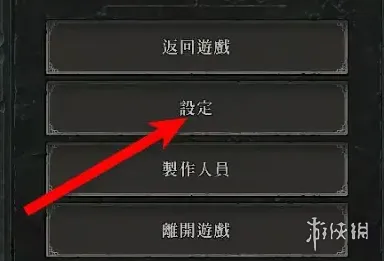Spring学习笔记(9)----让Spring自动扫描和管理Bean
时间:2010-06-02 来源:mcuflower
- package com.szy.spring.service;
- import org.springframework.stereotype.Service;
- import com.szy.spring.dao.PersonDao;
- @Service("service")
- public class UserServiceImpl implements UserService
- {
- private PersonDao personDaoBean;
- public void show()
- {
- personDaoBean.show();
- }
- public void setPersonDaoBean(PersonDao personDaoBean)
- {
- this.personDaoBean = personDaoBean;
- }
- }
在前面的例子中,都是使用XML的bean定义来使用组件,在大的项目中,通常会有上百个组件,如果这些组件采用xml的bean定义来配置,显然会使配置文件显得很臃肿,查找和维护起来不方便。Spring2.5为我们引入了组件自动扫描机制,它可以在类路径下寻找标记了@Component、@Service、@Controller、@Repository注解的类,并把这些类纳入到spring容器中管理,它的作用和在xml中使用bean节点配置组件一样。要使用自动扫描机制,我们需要把配置文件如下配置:
Xml代码- <?xml version="1.0" encoding="UTF-8"?>
- <beans xmlns="http://www.springframework.org/schema/beans"
- xmlns:xsi="http://www.w3.org/2001/XMLSchema-instance"
- xmlns:context="http://www.springframework.org/schema/context"
- xmlns:tx="http://www.springframework.org/schema/tx"
- xsi:schemaLocation="http://www.springframework.org/schema/beans http://www.springframework.org/schema/beans/spring-beans-2.5.xsd
- http://www.springframework.org/schema/context http://www.springframework.org/schema/context/spring-context-2.5.xsd
- http://www.springframework.org/schema/tx http://www.springframework.org/schema/tx/spring-tx-2.5.xsd">
- <context:component-scan base-package="com.szy.spring"></context:component-scan>
- </beans>
其中base-package为需要扫描的包(包括子包)
@Service用于标注业务层的组件,@Controller用于标注控制层组件(如struts中的action),@Repository用于标注数据访问组件,即DAO组件,而@Component泛指组件,当组件不好归类的时候,我们可以使用这个注解进行标注。但是在目前的spring版本中,这几个注解的作用是一样的,但是在以后可能会进行区分。
下面把先前的例子修改一下:
首先是PersonDaoBean类,修改如下
Java代码- package com.szy.spring.dao;
- import org.springframework.stereotype.Repository;
- @Repository
- //告诉spring这个类要交给spring管理,
- public class PersonDaoBean implements PersonDao
- {
- public void show()
- {
- System.out.println("执行PersonDaoBean中的add()方法");
- }
- }
然后是UserServiceImpl类
Java代码- package com.szy.spring.service;
- import org.springframework.stereotype.Service;
- import com.szy.spring.dao.PersonDao;
- @Service
- //把这个类交给spring管理,作为服务了。
- public class UserServiceImpl implements UserService
- {
- private PersonDao personDaoBean;
- public void show()
- {
- personDaoBean.show();
- }
- public void setPersonDaoBean(PersonDao personDaoBean)
- {
- this.personDaoBean = personDaoBean;
- }
- public PersonDao getPersonDaoBean()
- {
- return personDaoBean;
- }
- }
下面我们进行测试,原来的测试代码是userServiceImpl
Java代码- ApplicationContext ctx=new ClassPathXmlApplicationContext("applicationContext.xml");
- UserService service=(UserService)ctx.getBean("userService");
- service.show();
其中userService是我们在配置文件中配置的bean的id。但是如今我们并没有id这个属性,在spring2.5中,默认的id是类的名称,但是开后是小写,也就是userServiceImpl,因此测试代码应修改如下:
Java代码- AbstractApplicationContext ctx=new ClassPathXmlApplicationContext("applicationContext.xml");
- UserService service=(UserService)ctx.getBean("userServiceImpl");
- System.out.println(service);
如果我们想自己命名的话,则只需在注解后加上括号,里面写入你希望的名字,如
@Service("userService")。
在spring中默认的是之生成一个bean实例,如果我们想每次调用都产生一个实例,则标注需如下配置
@Service @Scope("prototype")
在xml中我们还可以配置初始化方法和销毁方法,使用标注后只需如下标注
Java代码- @PostConstruct
- public void init()
- {
- System.out.println("初始化");
- }
- @PreDestroy
- public void destory()
- {
- System.out.println("销毁");
- }
使用注解后,我们的xml文件变得十分简单,因此建议大家在以后的开发中使用注解。
- spring.rar (2.6 MB)










